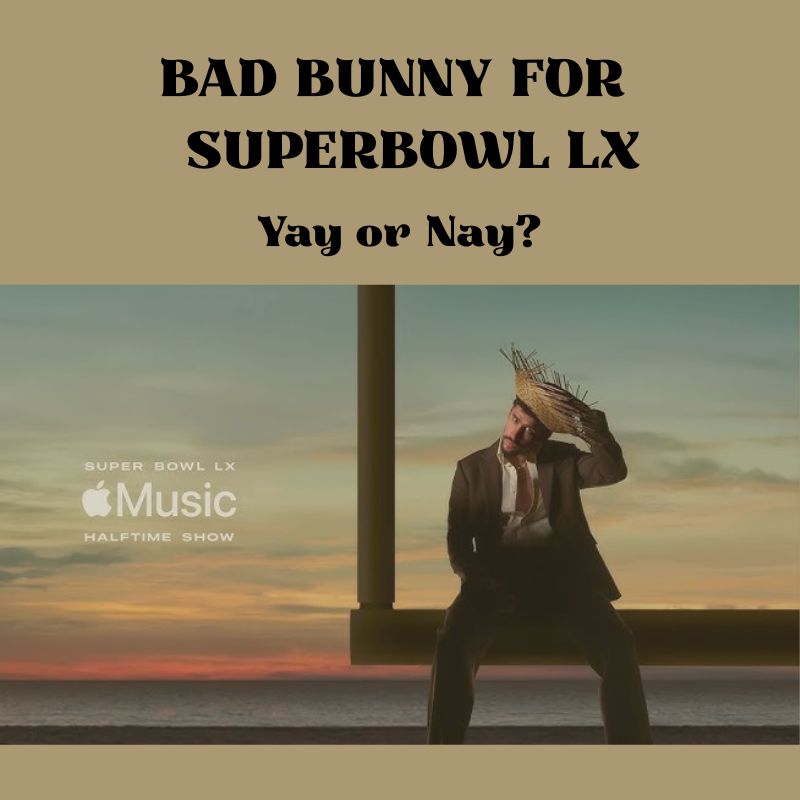
DIGEST ART
When the NFL announced that Puerto Rican superstar Bad Bunny would headline the Super Bowl halftime show, the internet lit up immediately. For some, the choice marked an exciting step toward greater cultural representation. For others, it fueled controversy.
On social media, critics argued they would have preferred a country singer, saying the Super Bowl should showcase “all-American” music. But just as many fans fired back, defending Bad Bunny’s selection and praising the NFL for broadening its lineup beyond predictable pop and rock acts. Some tweets even joked that Bad Bunny should perform the entire show in Spanish “just to shut the Trump supporters up.”
Bad Bunny, whose career has reshaped reggaetón and Latin trap on a global scale, has always been unapologetic about his identity. From topping the Billboard charts with Spanish-language albums to selling out stadiums across the world, his presence on the halftime stage reflects the reality of America’s increasingly diverse audience. His music is proof that fans don’t need to understand every lyric to connect with the rhythm, style, and energy he brings. “ I don’t listen to or like him but I think it’s good for his people,” expressed sophomore Lakeyn Bordelon.
It isn’t the first time his career has intersected with politics. When he announced one of his past tours, fans noticed he skipped several U.S. cities, citing concerns about a possible high risk from ICE enforcement. That decision sparked its own round of debate, but for many of his supporters, it showed that Bad Bunny was willing to put his values and safety above profit. Now, with the Super Bowl as his stage, those same fans see his performance as a powerful statement of resilience and representation.
Students on campus had mixed reactions to the announcement. Freshman Ahriyel JeanBaptiste said, “Bad Bunny does not compare to any of the previous head liners at any level in my opinion, he should have never been an option at all.”
Others pointed out how the selection highlights generational differences in music taste, with younger audiences leaning toward global artists and older audiences clinging to traditional Super Bowl acts. “So, what I actually think about Bad Bunny headlining the Superbowl is that it’s about dang time,” African American Literature Professor, Caitlin Simmons stated. “Why shouldn’t he headline the Superbowl? He’s one of the most famous and popular musicians in the world right now…isn’t that the only requirement for the Superbowl? So most of his songs are in Spanish? Over 50 million AMERICANS speak Spanish.”
Still, for many, the backlash online only adds to the anticipation. The halftime show has always been bigger than football—it’s a space for cultural visibility, surprise collaborations, and viral moments that people will discuss long after the final whistle. Bad Bunny, known for bending genres and breaking expectations, is expected to deliver all of that and more.
Whether fans are tuning in for the game or just for the halftime spectacle, one thing is certain: Bad Bunny’s performance has already made history by sparking conversations about culture, identity, and the future of American entertainment.